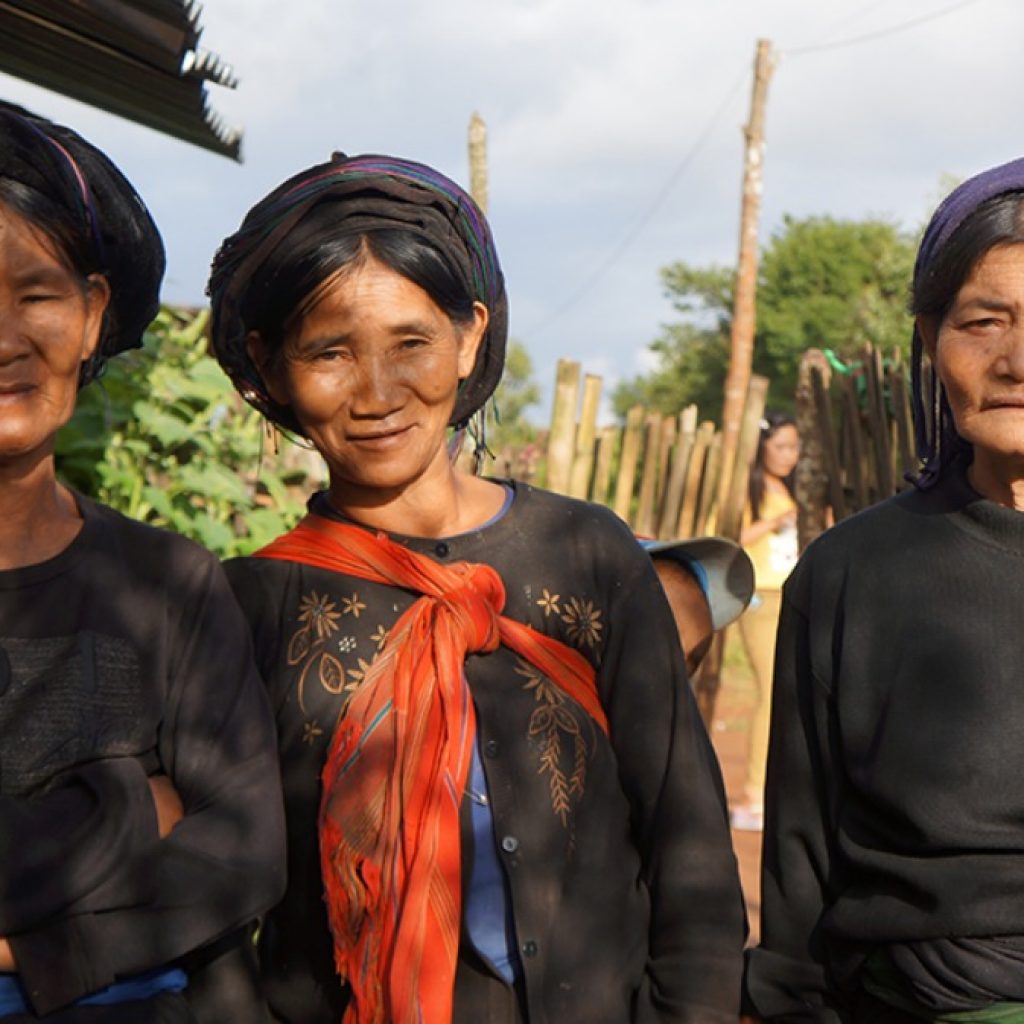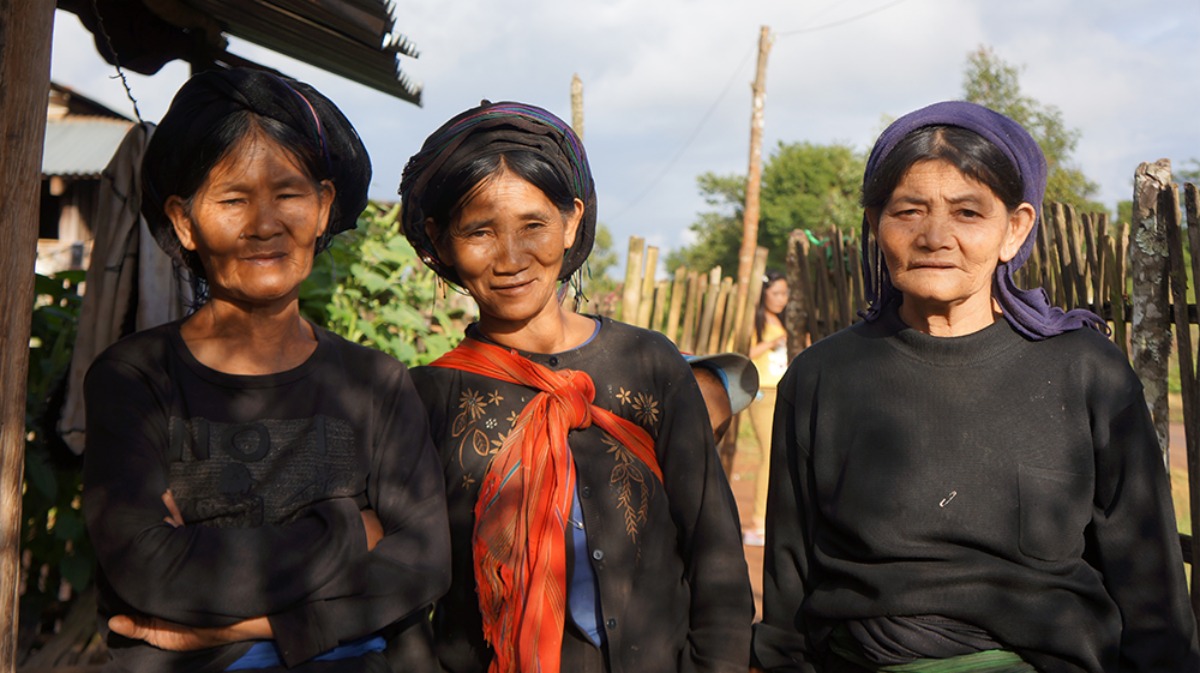
10 things you probably don’t know about Myanmar
Australia is one of the many countries that make up the Asia Pacific region, a diverse part of the world ranging from island archipelagos, snow-capped mountain villages, and lush rainforests to huge cities, bustling streetscapes and religious meccas. But beneath the Lonely Planet blurbs and holiday snaps is a region rich in complexity. This six-part series will examine the countries we work in on a level you might not often be exposed to.
In over 30 years of working with women’s rights organisations and activists, we’ve seen a lot of Myanmar. Previously known as Burma, Myanmar is famous for its Buddhism, Nobel Peace Prize laureate Aung San Suu Kyi, and the intriguing mix of British colonial architecture and gilded pagodas.
Here are 10 things you might not know.
1. Only a quarter of the population have electricity – but social media is huge
Despite its sleek capital in Napyidaw and large commercial hub in Yangon, much of the country live without basics like electricity. Only 26% of Myanmar’s population has access to electricity, and firewood remains a major source of energy. But further proof of the ubiquity of social media, Myanmar is also becoming a huge growth market for social media. 10 million people are on Facebook – and while the majority of users live in the capital, this figure is starting to grow in rural areas too.
2. There isn’t a single ‘Myanmar’ nationality – there are at least 135
Ethnicity is important in Myanmar – its rich tapestry of culture includes at least 135 ethnic groups that are recognised by the Government. Two-thirds of the population belong to the Burman (Bamar) ethnic group, while the remaining one-third live in rural, resource-rich areas along the borders and mountain ranges. Each of these groups have their own cultures, customs and histories, adding to the diversity of the nation.
3. Ethnic armed conflict has been happening for nearly 70 years
Myanmar’s 135 recognised ethnic minority groups continue to be marginalised and armed conflict persists. The ongoing conflict in Karen State, Myanmar is one of the longest running civil wars in history. In their attempts to quell conflict, the military has been accused of using sexual violence against women and girls as a purposeful tactic of oppression. IWDA partner The Women’s League of Burma continue to document these systematic abuses. A very significant number of refugees remain displaced due to ongoing conflict, with women at an even greater risk of violence and trafficking.
4. Extremist Buddhism exists in Myanmar
Buddhism is known as a peaceful religion, but an extremist Buddhist group known as the Ma Ba Tha have been shown to perpetrate discriminatory attitudes and behaviours. In 2015, the then-President of Myanmar signed one of four Race and Religion Protection Laws promoted by the group, which force Buddhist women to seek permission from local authorities to marry someone outside their faith. In recent years, their anti-Muslim sentiments have fuelled ethnic tensions, particularly in Rahkine State, and seen some monks banned.
5. Myanmar is the 2nd largest producer of illicit opium, and drug use is a serious problem in rural communities
Part of Myanmar sits within a notorious region of Asia known as the Golden Triangle – since World War II, the region has been one of the largest producers of opium, which is used to make heroin. This mostly falls within Shan State and Kachin State, where poverty and armed conflict fuel the drug trade. Many rural famers with few other options enter the trade, and some end up addicted, which further increases violence against women and children.
6. Its capital was moved in 2005 – but it’s still pretty empty
Despite being its most talked about city, Yangon is not the capital of Myanmar. In 2005, with little explanation, the Government formally moved the capital from Yangon to a city constructed on sugar-cane fields that they named Napyidaw. The city has 20 lane freeways, rumoured to be created with enough space for aircraft to land in the event of disturbances. While much of the country lives without electricity, Napyidaw has ultra-fast wifi, large, pastel-coloured shopping centres, and four golf courses. But what it’s most famous for is its lack of people – the streets are largely empty, and despite claims one million people live there, it’s been called a ghost town more than once.
7. In the last century, it’s been a British colony and ruled by a military junta
Myanmar’s political history is complex. Once a monarchy, the British took over Myanmar’s administration after the Anglo-Burmese Wars of the 19th century. It remained a British colony until independence was granted in 1948, when, after a brief spell as a democracy, rule passed over to the military junta. 2015 marked a turning point for Myanmar. Following nearly 50 years of military rule, the National League for Democracy won a landslide victory in the 2015 general election.
8. Until 2013, gender-based violence was denied by the government – but things are starting to change
Women’s rights organisations have noted human rights abuses for years with sexual violence, trafficking, domestic violence and discrimination still common experiences for women and girls. But as recently as 2013, the existence of violence against women in the country was denied by the Government. Now, following hard work by women’s rights organisations, a draft national prevention of violence against women Bill is being debated by Members of Parliament.
9. There is a growing and vibrant civil society in Myanmar – including a growing, dynamic women’s rights movement
In recent years, the space for civil society has opened up, and more and more organisations and activists are coming forward to advocate for human rights. During the period of military rule, many organisations felt unsafe within the country, with many working along the Thai-Myanmar border. Now, women’s movements have become increasingly visible inside Myanmar, and have started to re-emerge within the country’s borders.
10. There are barely any women in politics – but representation is slowly increasing
Myanmar has consistently had one of the lowest rates of women in Parliament in Asia Pacific – but change is happening. In last year’s election, the number of women MPs doubled, with 64 women now in elected seats across the upper and lower houses. This equates to 13% of elected seats (up from 6.2%). According to the Constitution, 25% of seats are reserved for the military. When the military MPs (who are almost entirely male) are included, women hold approximately 9.7% of seats – up from 4.4%. This is still incredibly low – but with more and more women engaging in leadership roles, we hope this will change.
